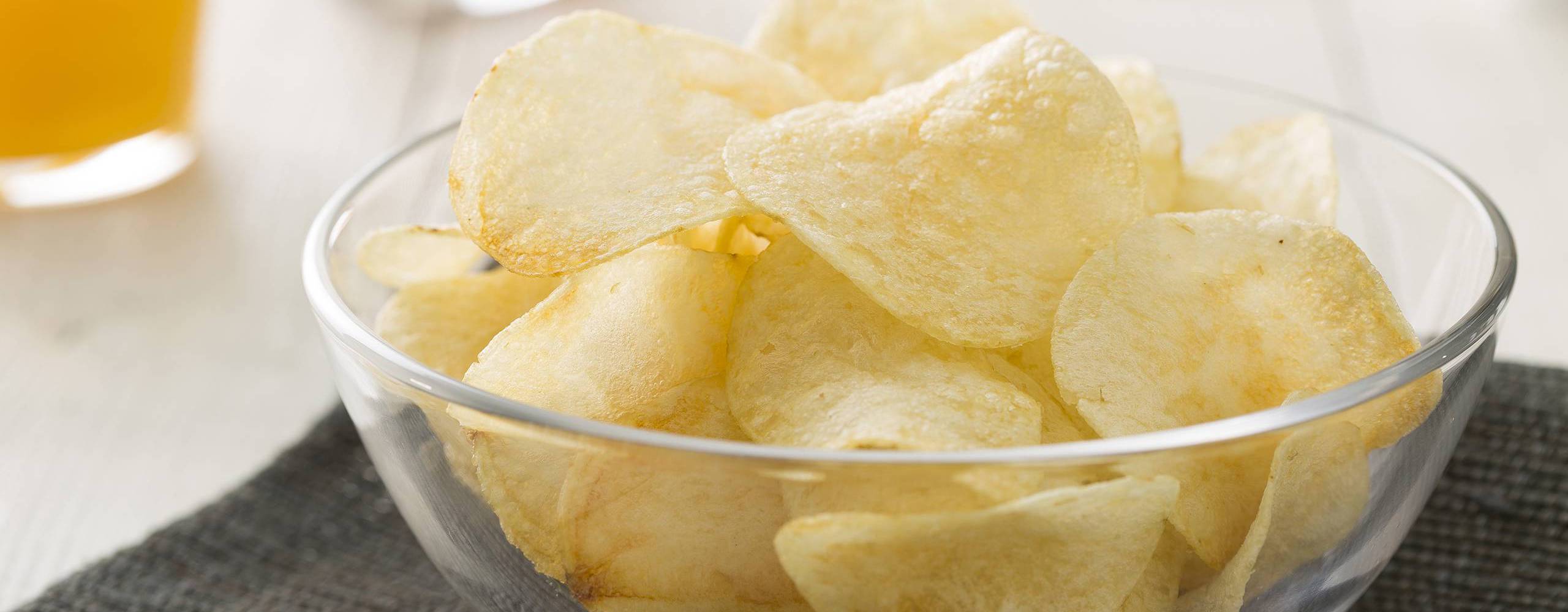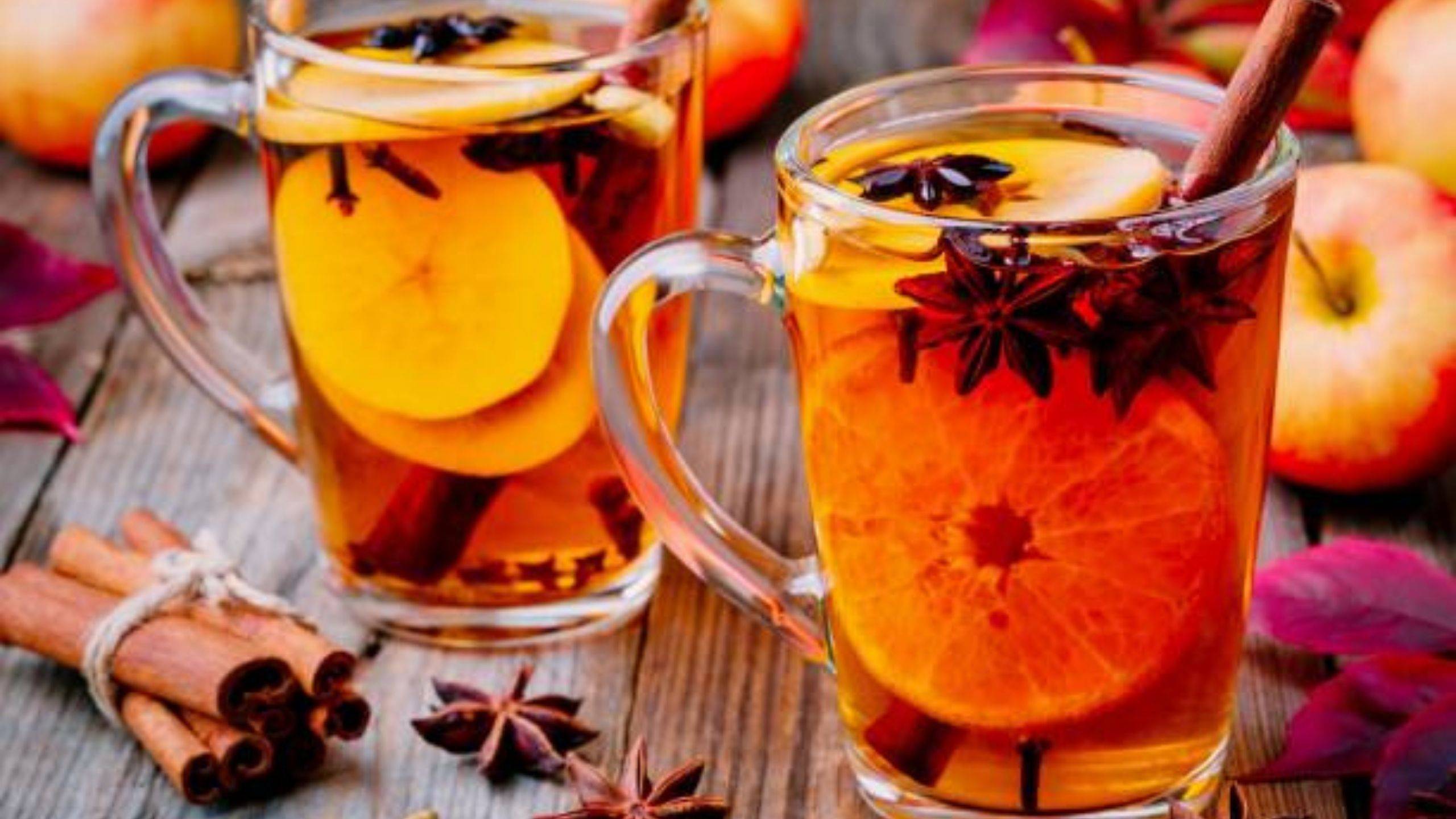Food Products
President: Barbara CAVICCHIA - UNILEVER ITALIA MARKETING OPERATION S.r.l. Secretaries: Eleonora BIANCHI, Giorgio RIMOLDI, Adele SCICCHITANO
Tea is the most consumed beverage in the world after water. It derives from the tea plant “Camellia sinensis L. Kuntze” and is obtained by infusing the leaves. It is grown in more than 30 countries, but the largest production is concentrated in China, India, Sri Lanka, Kenya and Turkey. These countries represent about 80% of world production. Other tea producing countries include Indonesia, Japan, Tanzania, Cameroon, Vietnam and Argentina. Tea production is estimated at over 5,900,000 tonnes. Compared to other countries, the consumption of tea in Italy is very low (12 liters / year) per capita (value referring to the year 2018).
Italians mainly drink tea at breakfast. The increasing popularity of tea is linked to its pleasant taste, the fact that it is easy to make and the social aspects that are linked to its consumption. Furthermore, the increased attention to living a healthy lifestyle and psychophysical well-being, which favours natural foods, has contributed to increasing consumers curiosity about tea. Black tea remains the favourite blend, but green tea has also become increasingly popular in recent years and has met with great success. This increasing attention to health and well-being is undoubtedly the main trend in consumer behaviour. A dynamic that is also confirmed by the growing importance of products with functional characteristics. The most important growth in tea consumption is recorded in consumers aged 25-40. Distribution in Italy mainly takes place in supermarkets (51.9% of volumes sold), as it does in France.
There is an increasingly wider range of teas available in Italy. Consumers are learning that there is much more to tea and are always looking for special blends to enjoy at various times throughout the day. Of the various types of tea (classic, decaffeinated, green, fruity and white), black and green tea are the most consumed; sales of flavoured varieties are also increasing.
Spices are generically indicating aromatic substances of vegetable origin (e.g. tarragon, thyme, lemon balm, juniper, maize, saffron) that are used to flavor and flavor food and drink, and, especially in the past, also used in medicine and pharmacy.
Many of these substances have other uses, for example the preservation of food, or are used in religious rituals, cosmetics or perfumery: turmeric is also used in Ayurveda; licorice has medicinal properties; garlic is used as a vegetable in the kitchen.
Among the various foods we eat, few have had such a fascinating and mysterious history as spices. The word spices derives from the Latin "species", a term that in addition to the original meaning "species" was assumed in the Middle Ages that of goods or foodstuffs. The search for spices has led to the discovery and conquest of continents and the foundation and destruction of empires. Spices were once as precious as gold, jealously guarded, and were considered a treasure of inestimable value. They were the "goods" par excellence, coming from the far East. Obtained from roots, cortexes, shoots, seeds and berries, they were used to flavor and store food, food, medicine, perfume and a thousand other uses. What are the spices today we know, but at one time they were above all a valuable "currency", competition for the control of their trade spawned wars and alliances, inspired great discoveries, and above all determined the strategic importance of commercial ports. New plantations were started in other French tropical colonies: the Seychelles, Reunion, Cayenne and Zanzibar. At the beginning of the 19th century, having no country with an exclusive monopoly on spices, prices began to fall and spices became less and less rare, and within the reach of many.
Today spices come from many different countries, and after centuries of struggles to control their trade, they are in common use and readily available. However, they remain ingredients that are never trivial, and arouse increasing interest. The vitality and magic of these ancient aromas has been preserved over time, and makes even the simplest recipe special and refined.
Each product has its own history, its own procedures, its own processing techniques. Once the hygienic and health suitability of the product has been established, the lot shall enter the establishment. Each incoming batch is entrusted with lot codes, which will identify it at every stage of the natural life of the product. Sensory control is the first evaluation that allows to identify the quality of raw materials.
Taste, color, smell are carefully evaluated. In the later stages of processing, spices and herbs are screened and selected.
Now the roads are divided: there are products that need grinding and products that can be used as such. Grinding is the most delicate part of the process of processing herbs and spices. The perfumes they give us are in fact due to the amount of essential oils present in the raw material.
The mixings: aromas and flavors to be dosed with taste as they will be an integral part of the different productions.
Packaging is no less important part of production. The product can be packaged in bags of various weights, plastic and Pet vases, glass. The weight varies, of course, from the volume of the packaged product. In the case of potted products, after dosing the product is capsuled, passed by the weight control, by the metal detector to avoid the risk of ferrous contamination and subsequently labeled. The labelling fully meets the current regulations concerning hygiene and health safety, the traceability of food and packaging, the technical specifications of the various products.
Herbal and fruit infusions are among the most popular and appreciated beverages in the world, thanks to their almost limitless variety and complete range of flavours to suit every taste and every occasion. Infusions are made with plants or parts of plants which do not originate from the tea plant (Camellia sinensis L. Kuntze), and are intended for food use by brewing with freshly boiling water. They also include herbal and fruit infusions that contain a small amount of tea.
The range includes both classic products made with parts of plants obtained from a single plant, for example peppermint, and blends of different herbs and/or fruit. There is also a wide range of blends to which flavourings have been added, or which are enriched with vitamins, for example. Up to 300 different plants and 400 parts of plants are used to make herbal and fruit infusions. The parts of the plant used is based on the presence of aromatic substances in the plant itself, for example the leaves of orange or peppermint plants, fruit like apples or rose hips, linden flowers or chamomile flowers. Chamomile flowers (Matricaria recutita) are used to make infusions that are famous for their multiple benefits thanks to their active ingredients. The infusions of the different herbs/plants to be infused involve the use of the leaves and flowering tops of a single herb (single-component infusion) or several herbs (multicomponent infusions) chosen for their properties. The infusion time for chamomile tea and herbal infusions varies from 4/5 minutes to over 10 minutes. The ingredients which are authorised for use in herbal and fruit infusions are listed in the “Inventory List of Herbals Considered as Food” of the European association THIE (Tea & Herbal Infusions Europe). It is a dynamic segment that records positive trends year after year, characterised by an offer that responds to the health and wellness needs of increasingly attentive modern consumers, informed about what they buy and consume, who are looking for natural products. Infusions and chamomile tea are no longer limited to domestic use or consumption in wellness centres, but also extends to establishments such as bars, pubs and restaurants, where they are offered as an alternative to other drinks. Although they are increasingly drunk at various times of the day, they are still mainly consumed in the evening before going to sleep. Alongside traditional chamomile tea, there are now infusions made with lemon balm, passion flower, fennel, etc. The trend is growing and has become part of the practices related to people’s well-being and care. Consumers are evolving: they are more and more attentive to what they buy and sensitive to the production methods used by companies, the ingredients in the products, the effects of what they consume and the “ecological footprint” they leave.
Total value of the tea, spices and herbal and fruit infusions
In 2022, the tea, chamomile and infusions segment recorded a contraction in the volumes produced, which amounted to 2,644 filters (-6.1%) and a corresponding value of 260.5 million euros (-3.7). The market for these products is therefore worth 2.85 billion filters, with a turnover of 269 million euros. The market for spices/herbs also showed a turnover of € 196.6 million, with a similar decrease of -2.7%.
Crisps were invented over 160 years ago and have long been one of







